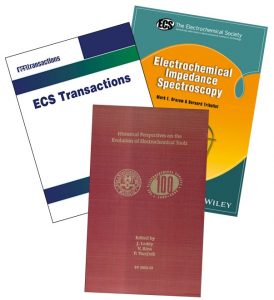 Attending the 233rd ECS Meeting in Seattle, WA? ECS will have a number of high-value publications available for purchase at the registration desk during the meeting, including a special ECS proceedings volume that you could get signed by ECS President Johna Leddy!
Attending the 233rd ECS Meeting in Seattle, WA? ECS will have a number of high-value publications available for purchase at the registration desk during the meeting, including a special ECS proceedings volume that you could get signed by ECS President Johna Leddy!
Registration will be located in the sixth floor lobby of the Washington State Convention Center and will be open during the following hours:
Sunday | 0700-1900h
Monday | 0700-1900h
Tuesday | 0700-1730h
Wednesday | 0700-1600h
Thursday | 0700-1200h
Visit the customer service counters at registration to make a purchase.


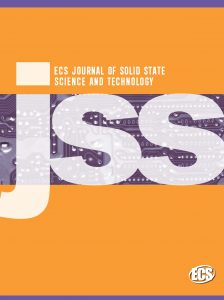
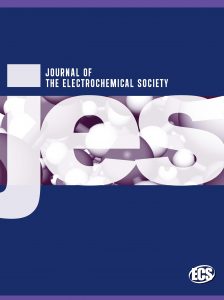
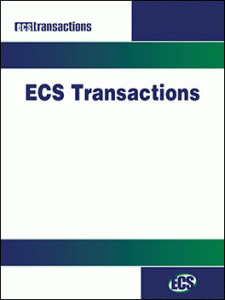 Twelve new issues of
Twelve new issues of 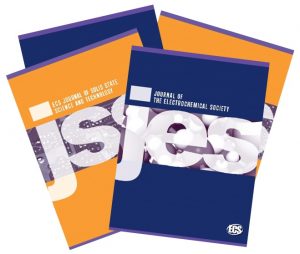

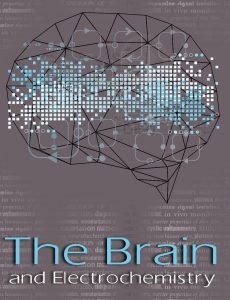
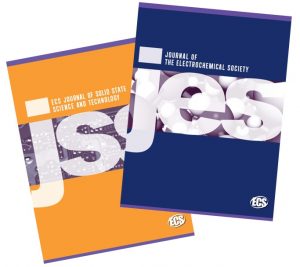 CS would like to thank all of the individuals who served as
CS would like to thank all of the individuals who served as 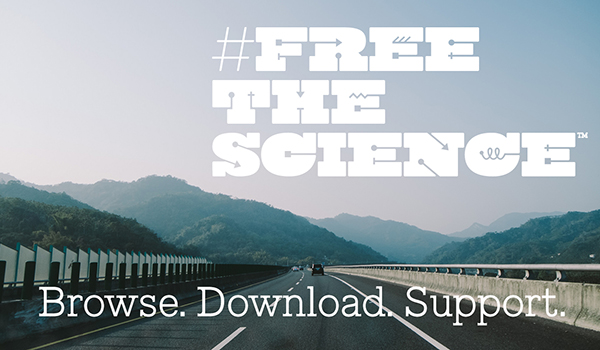
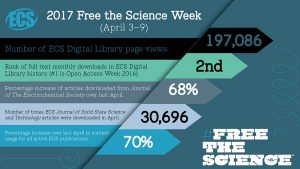
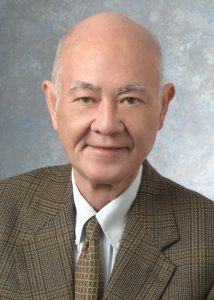
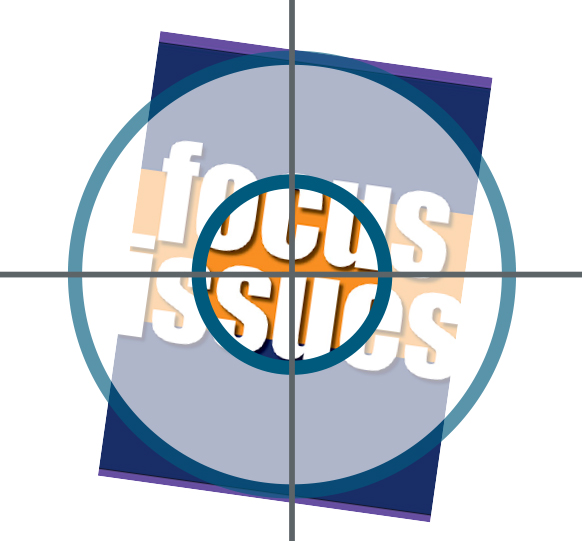 Deadline Extended: March 19, 2018
Deadline Extended: March 19, 2018